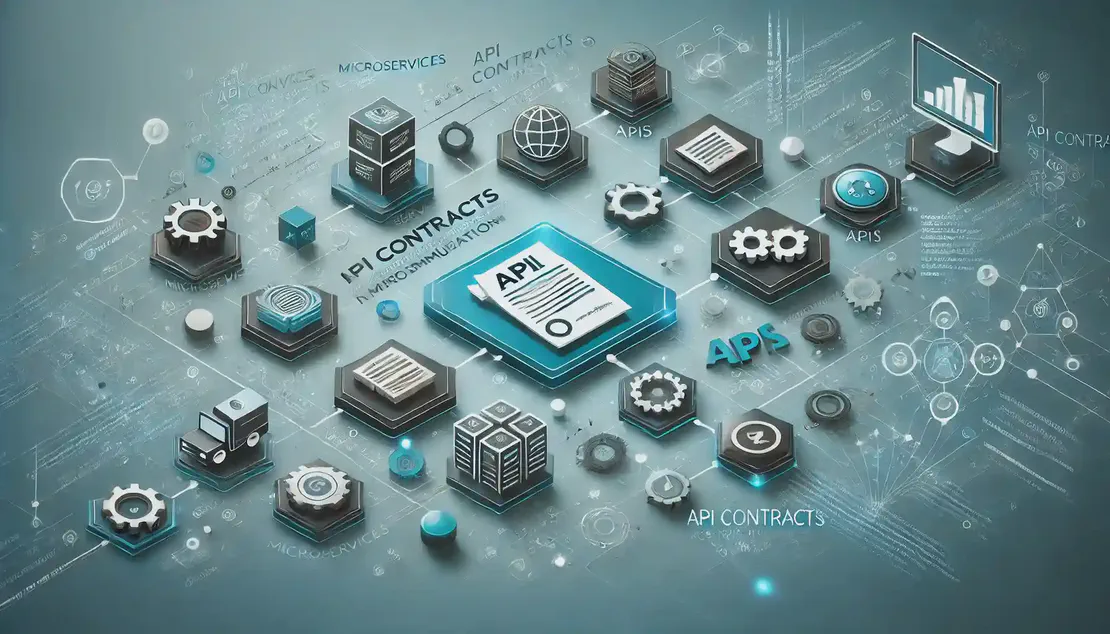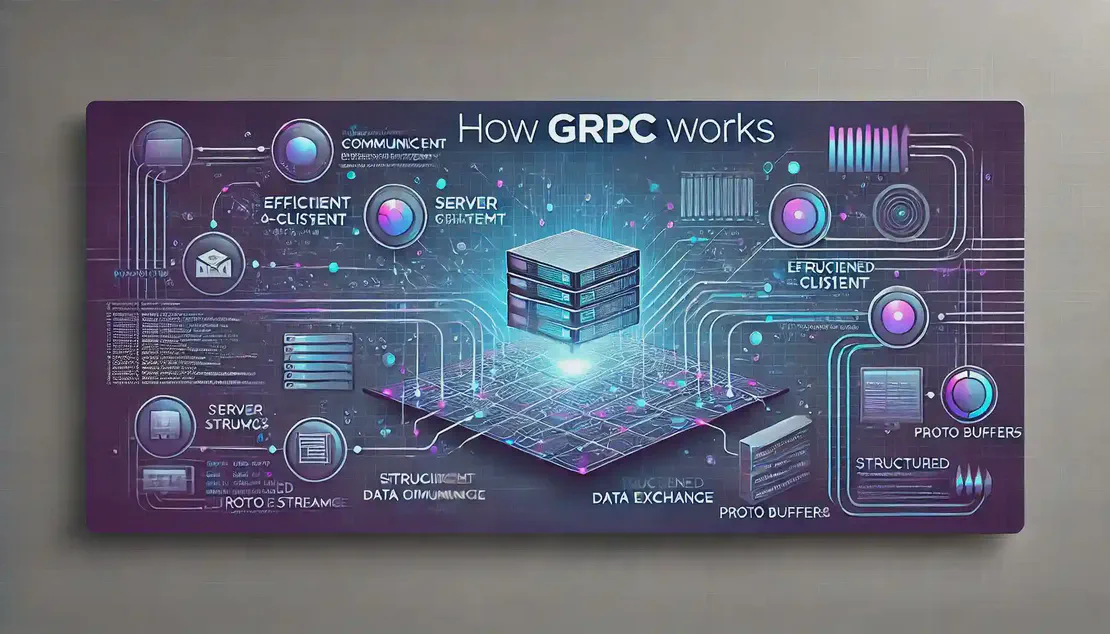
API Contracts in Microservices Communication
🔗 Role in Microservices — API contracts define the expected interactions between microservices, ensuring that each service communicates correctly with others. This is crucial in a microservices architecture where services are independently developed and deployed.
Read More
Cloud-Native Applications Explained
☁️ Definition — Cloud-native applications are designed to fully leverage cloud computing environments, utilizing microservices architecture to enhance scalability, flexibility, and resilience.
Read More
Types of Load Balancing Algorithms
🔄 Load Balancing Algorithm — A load balancing algorithm is a set of predefined rules used by a load balancer to distribute network traffic between servers, ensuring no single server becomes overloaded.
Read More
How gRPC Works
🔧 Architecture — gRPC is a high-performance, open-source RPC framework that uses HTTP/2 for transport and Protocol Buffers for message serialization. It allows client applications to call methods on a server application as if they were local objects.
Read More
Docker Architecture Explained
🖥️ Client-Server Model — Docker uses a client-server architecture where the Docker client communicates with the Docker daemon to manage containers.
Read More
Kubernetes Architecture Explained
🔧 Control Plane — The control plane manages the overall state of the Kubernetes cluster. It includes components like kube-apiserver, etcd, kube-scheduler, and kube-controller-manager, which handle tasks such as API management, data storage, scheduling, and running controller processes.
Read More
Timeout Pattern in Microservices
⏳ Timeout Pattern — The timeout pattern in microservices is a design strategy used to handle delays and failures in service communication by setting a maximum wait time for responses.
Read More
Service Discovery in Microservices
🔍 Definition — Service discovery is a mechanism that allows microservices to locate and communicate with each other within a distributed system. It is essential for managing the dynamic nature of microservices environments.
Read More
Chaos Engineering in Microservices
🔍 Definition — Chaos Engineering is a discipline that involves experimenting on a software system in production to build confidence in the system’s capability to withstand turbulent conditions.
Read More
Main API Architecture Styles
🔄 REST — REST (Representational State Transfer) is a stateless architectural style that uses standard HTTP methods like GET, POST, PUT, and DELETE. It is simple, scalable, and flexible, supporting various data formats such as JSON and XML. However, it lacks a clear contract and has limited support for complex queries.
Read More
Best Practices for Managing Secrets in Microservices
🔐 Centralized Management — Use centralized secret management systems like HashiCorp Vault or AWS Secrets Manager to securely store and manage secrets. This helps in maintaining a single source of truth and simplifies access control.
Read More
Distributed Tracing in Microservices Explained
🔍 Definition — Distributed tracing is a method used to track and observe application requests as they move through distributed systems or microservice environments.
Read More
Understanding the Circuit Breaker Pattern
🔌 Definition — The Circuit Breaker Pattern is a design pattern used in software development to prevent an application from repeatedly trying to execute an operation that is likely to fail.
Read More